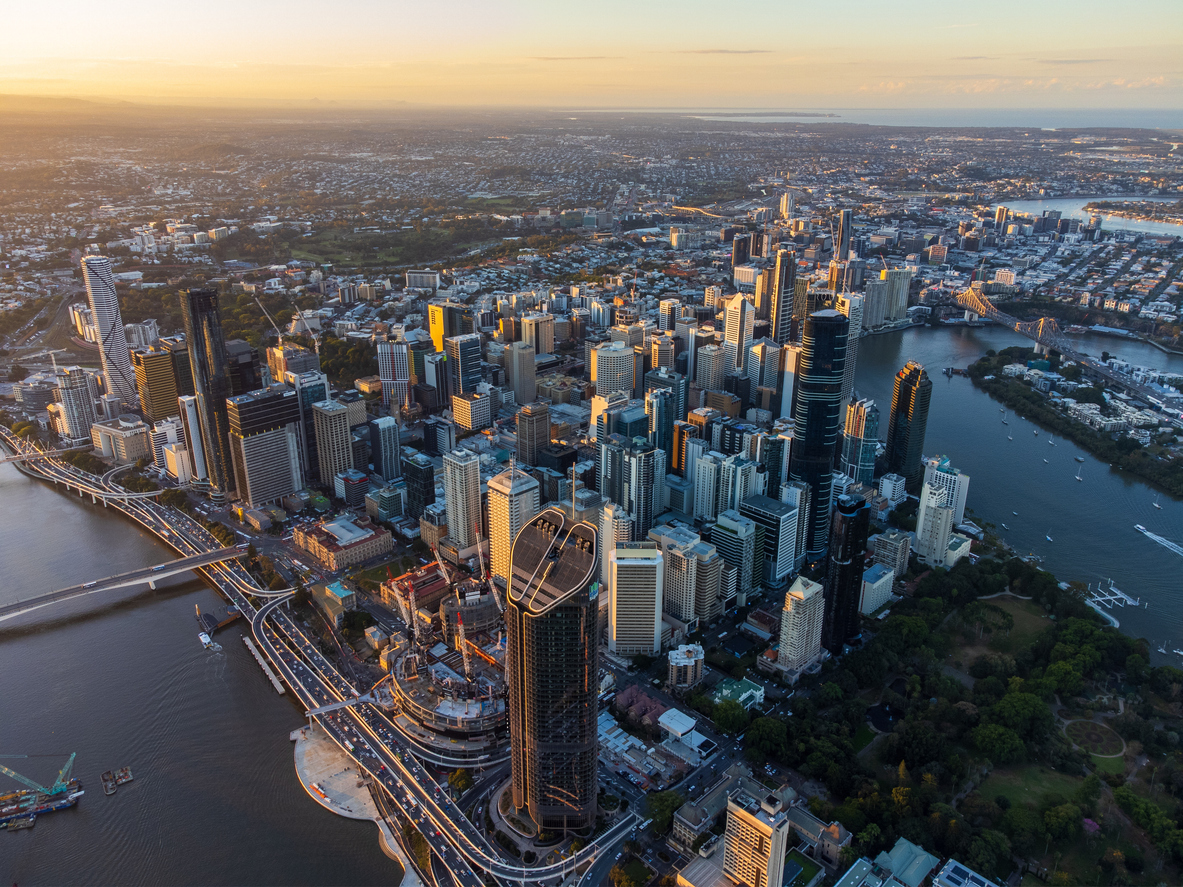
As we head quickly toward 2021, there is a greater sense of optimism in the market. COVID cases have fallen substantially, borders have mostly re-opened, gathering restrictions have eased and a vaccine by March appears likely. Added to this are the improving economic conditions with a surge in GDP, record highs in new home approvals and finance commitments and good growth in retail sales.
Whilst these signs are all positive, the work to understand the long term impacts from COVID on the property sector will continue well into 2021.
The key questions being asked are;
- Where will CBD vacancies sit in 6-12 months time ?
- How far will CBD net effective rents falls ?
- Will suburban office space demand pick up under a type of hub and spoke format ?
- How will major shopping centres deal with the reduced demand for retail space and the loss of major stores ?
- Will demand for industrial warehouse & logistics space continue at its current pace ?
- Can the yields for industrial warehouse & logistics be driven any lower ?
- Will the rebound in economic activity lead to inflation and will that drive up interest rates ?
- What will international travel restrictions look like for 2021 and beyond ?
- What impacts will lower migration have on population growth ?
- etc etc etc
We will be pursing answers to all these questions in order to capture a full picture of the property market and the relative risks and opportunities that lie ahead.
Until we have greater clarity on this picture we favour investment or development property underpinned by long term secure tenants who serve the supply chain for non discretionary consumer expenditure.
The ABS definition of non discretionary consumer items include goods or services which are purchased because they meet a basic need (food, shelter, healthcare), are required to maintain current living arrangements (car maintenance, school fees), or are a legal obligation (compulsory insurance, stamp duty). Spending on these goods or services (which comprise about 60% of total consumer spending) are often less responsive to changes in household wealth and incomes.
We therefore favour properties which supply these goods and services including warehouse and logistics facilities, neighbourhood convenience retail, medical & health facilities, education and child care services, fuel & automotive services.
We also feel that the risk adjusted returns for warehouse and logistics facilities currently make them less attractive than the other sectors.
We are cautious on CBD office, hotels, regional and major regional shopping centres.
There will be opportunistic buying in office and retail sectors to watch for, and these may also demonstrate compelling investment cases.
Until next week



